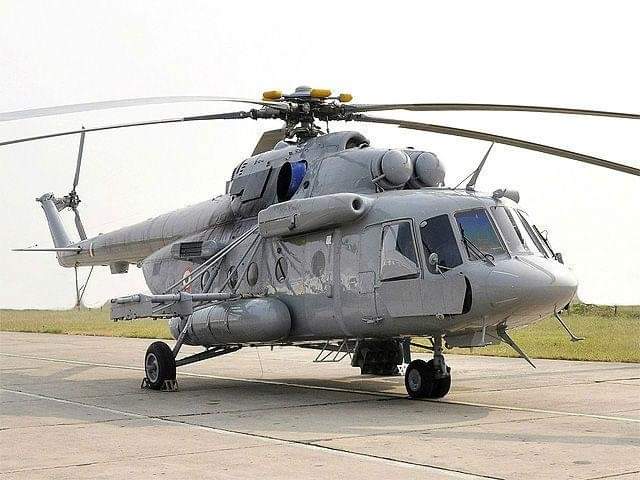 |
| A Mil Mi-17 Hip helicopter, this example operated by the Indian military. Photo c/o Tribune News. |
The Philippines has reportedly scrapped a deal worth PHP12.7 billion (US$227 million) involving the acquisition of Mil Mi-17 Hip transport helicopters from Russia for the Philippine Air Force (PAF).
This was disclosed by the country’s former Secretary of National Defense Delfin Lorenzana in an interview by the Associated Press, and also seconded by Manila’s Ambassador to the United States Jose Manuel Romualdez.
The Department of National Defense (DND) and the Philippine Air Force have yet to officially confirm the cancellation of the deal.
The decision to cancel the deal was due to fears of possible sanctions from the United States, which is implementing its Countering America’s Adversaries Through Sanctions Act (CAATSA) aimed at keeping arms sales away from Russia.
The procurement of Russian helicopters by the Philippines was approved by former Philippine president Rodrigo Duterte, with the contract signed between the Philippines’ Department of National Defense (DND) and Russian agency Sovtechnoexport in November 2021.
The deal was believed to be a move to improve ties with Russia as the Philippines is not a traditional Russian arms market and does not operate any major Russian or Soviet weapon system.
A military official confirmed that the contract would undergo a termination process, and reconsideration might be difficult even if Russia appeals against the decision.
The Philippine government already paid 15% of the contact’s worth, and it remains to be seen how the money would be returned or use due to the deal’s cancelation.
Ambassador Romualdez confirmed that the US Government is aware of the Philippine Government’s decision to cancel the contract and is expected to offer American equivalents of the Mil Mi-17 helicopter.
Philippine defense page MaxDefense Philippines previously posted that the Mil Mi-17 was actually up against the Boeing CH-47F Chinook as part of the PAF’s Heavy Lift Helicopter Acquisition Project, but the Russian helicopter was ultimately selected, mostly because of the higher number of helicopters the Russians can deliver based on the budget allocated for the project.
Russia is believed to be capable of delivering a total of 17 helicopters, with deliveries expected to start by 2024.
[1] Reuters
[2] Yahoo News











